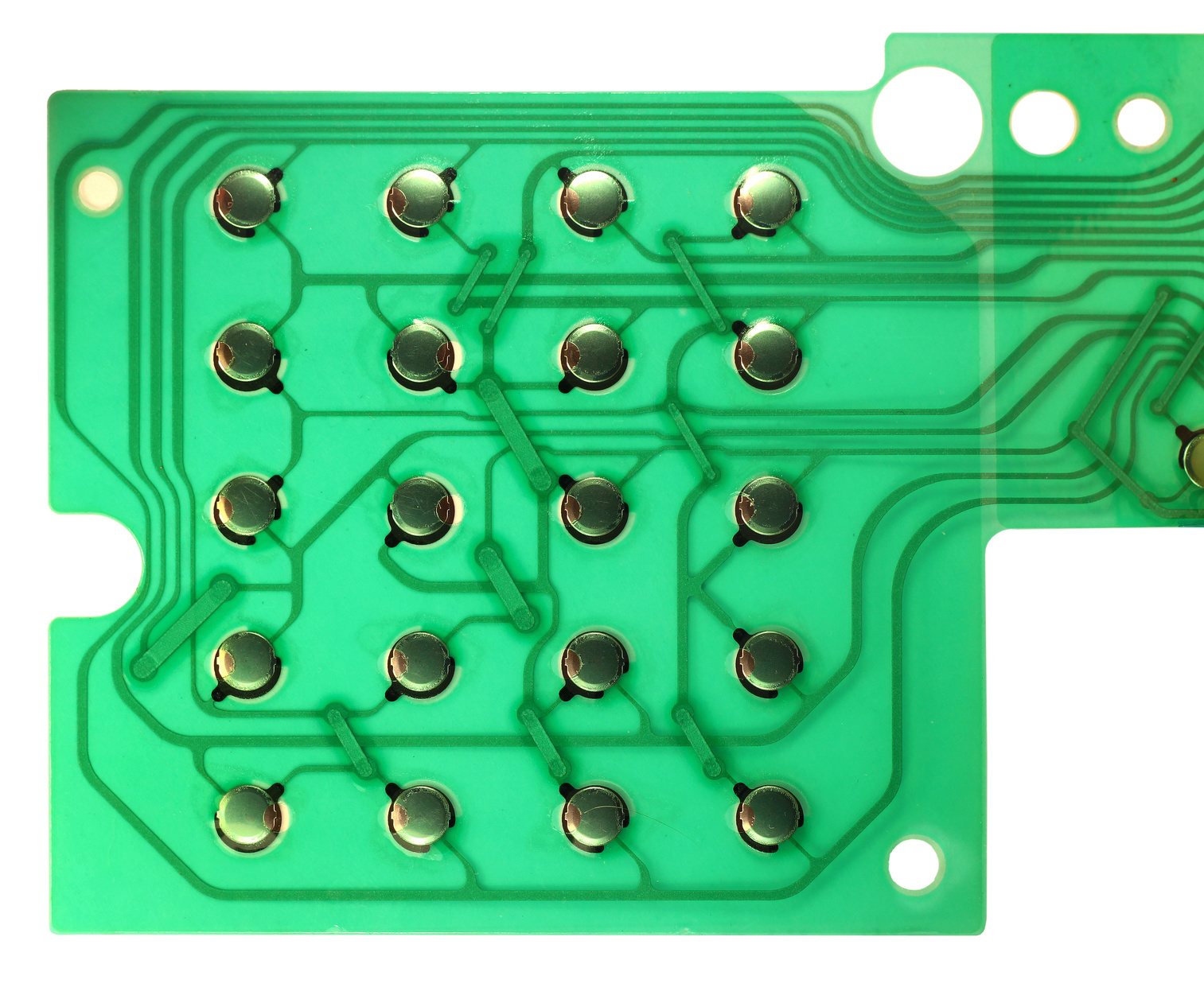Recognizing the Performance of Membrane Layer Switches for Individual User Interface Tools
The capability of membrane layer switches stands for a considerable innovation in interface layout, combining effectiveness with aesthetic versatility. These switches operate with a multi-layered framework that translates customer communications right into electric signals, enabling both compact formats and strength versus ecological elements. As markets progressively focus on customer experience, recognizing the nuances of membrane button technology ends up being crucial. What effects do these advancements hold for future applications, and how might they redefine customer communications across various devices?
What Are Membrane Layer Switches?
Membrane layer buttons are cutting-edge user interface tools that facilitate user communication with digital equipment. These flexible components are composed of several layers, including a visuals overlay, spacer, and a published circuit layer. The style permits a seamless integration right into different digital devices, improving both the aesthetic and functional facets of interface.
Membrane buttons are frequently utilized in a large variety of applications, from home home appliances to commercial machinery and clinical devices. Their construction typically includes a thin profile, making them a perfect choice for compact layouts. The responsive feedback given by these buttons can be engineered to meet particular user preferences, ensuring reliable interaction in between the customer and the gadget.
Durability is one more substantial benefit of membrane buttons, as they are immune to dirt, moisture, and chemicals, which enhances their life expectancy in requiring environments. Additionally, these buttons can be personalized in terms of form, size, and visuals layout, enabling for branding and user-specific attributes. In general, membrane layer switches over stand for a functional solution for enhancing individual experience in electronic tools, incorporating functionality with aesthetic allure in a reliable manner.
Just How Membrane Switches Work
Operating on a straightforward principle, membrane layer switches over utilize a split construction to register individual input effectively. Each switch includes multiple layers, including a printed circuit layer, a spacer layer, and a top visuals layer, which are developed to work with each other perfectly. When a user presses the top layer, it compresses the spacer layer, bringing the conductive components of the circuit layer into contact with each other.
This contact creates a shut circuit, indicating the gadget to execute a specific function. The design enables different arrangements, including responsive responses, which can enhance the customer experience by giving a physical feeling upon activation. The products made use of in membrane switches often include flexible substratums, such as polyester or polycarbonate, which guarantee longevity and strength versus wear and tear.

Trick Benefits of Membrane Buttons

Another significant benefit is their compactness. Membrane layer switches are thin and lightweight, which allows producers to save room in their tools without sacrificing capability. This attribute is especially beneficial in applications where weight and quantity are essential factors to consider.
In addition, membrane switches are resistant to dirt, dampness, and chemicals, enhancing their longevity. This resilience expands their life expectancy and decreases the demand for regular replacements, resulting in expense savings gradually.
In addition, the responsive responses given by membrane buttons can be enhanced to enhance user interaction. They can consist of functions such as increased switches or audible clicks, improving usability and customer experience.
Applications Throughout Industries
Customer user interface devices making use of membrane buttons prevail in a wide array of industries, showcasing their adaptability and capability. Membrane Switch. In the medical industry, membrane layer switches are important to gadgets such as analysis tools and person surveillance systems, where their longevity and simplicity of cleansing are essential for keeping hygiene criteria. In the automotive industry, these switches are used in control panel controls and infomercial systems, providing a streamlined and modern-day interface for users.
Moreover, the consumer electronics industry gain from membrane switches find more in appliances and portable devices, where small design and easy to use user interfaces enhance user experience. Industrial applications also leverage membrane layer switches for control panels in machinery and automation systems, emphasizing their toughness and resistance to rough atmospheres.
In the aerospace and defense industries, membrane layer buttons are used in cockpit controls and tools, where dependability and efficiency under extreme problems are vital. Additionally, the video gaming market increasingly integrates membrane buttons in controllers and gallery machines, contributing to an interesting customer experience. Generally, the convenience of membrane layer switches over enables their prevalent usage throughout countless sectors, emphasizing their value in contemporary interface layout.
Future Trends in Membrane Switch Over Modern Technology

In addition, the use of advanced products, such as polycarbonate and polyester movies, is expected to climb, offering enhanced longevity and resistance to ecological stressors. These materials add to the overall long life of membrane buttons, making them ideal for harsher commercial applications.
Moreover, the incorporation of clever innovation, consisting of IoT connection, will enable membrane buttons to connect with other devices and systems, promoting a much more interactive user experience. This pattern straightens with the growing demand for wise gadgets throughout numerous markets, from medical care to consumer electronics.
Finally, customization choices are anticipated to why not find out more increase, enabling producers to develop bespoke services tailored to specific user demands and choices. These developments will certainly place membrane switches as vital elements in the evolution of individual interface innovation.
Final Thought
In final thought, membrane changes stand for an essential development in customer interface technology, offering a trusted and functional solution for varied digital applications. As advancements in product science and touch picking up technologies great site proceed, the capability and applicability of membrane buttons are anticipated to broaden, reinforcing their significance in modern-day digital devices.
Comments on “Necessary Functions to Look for When Picking a Membrane Switch”